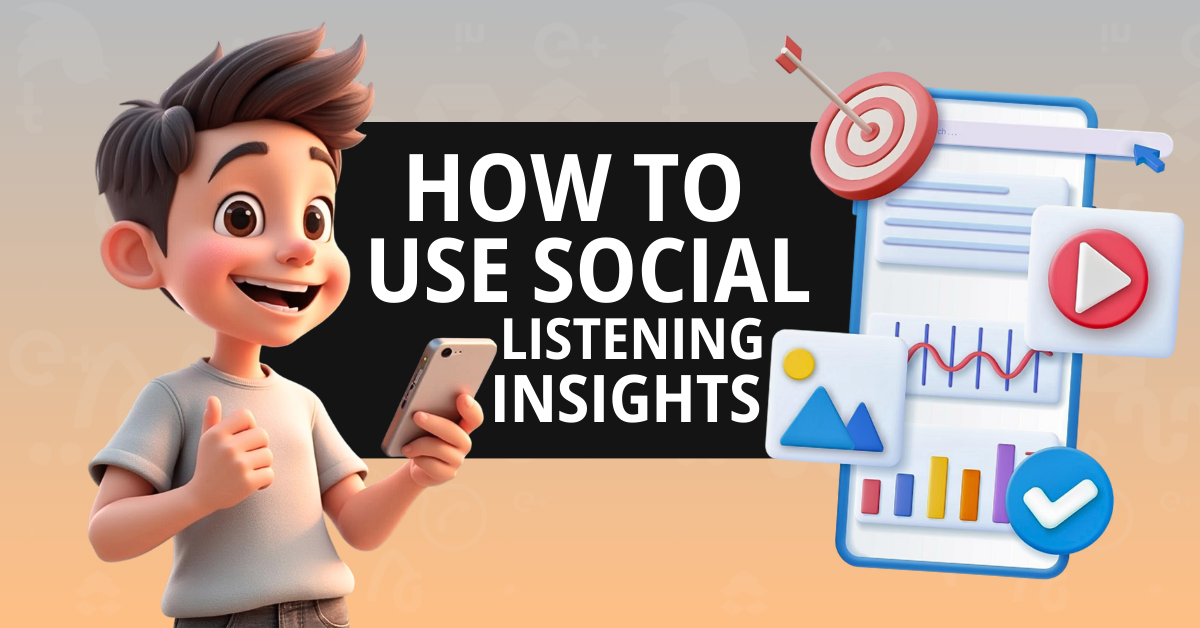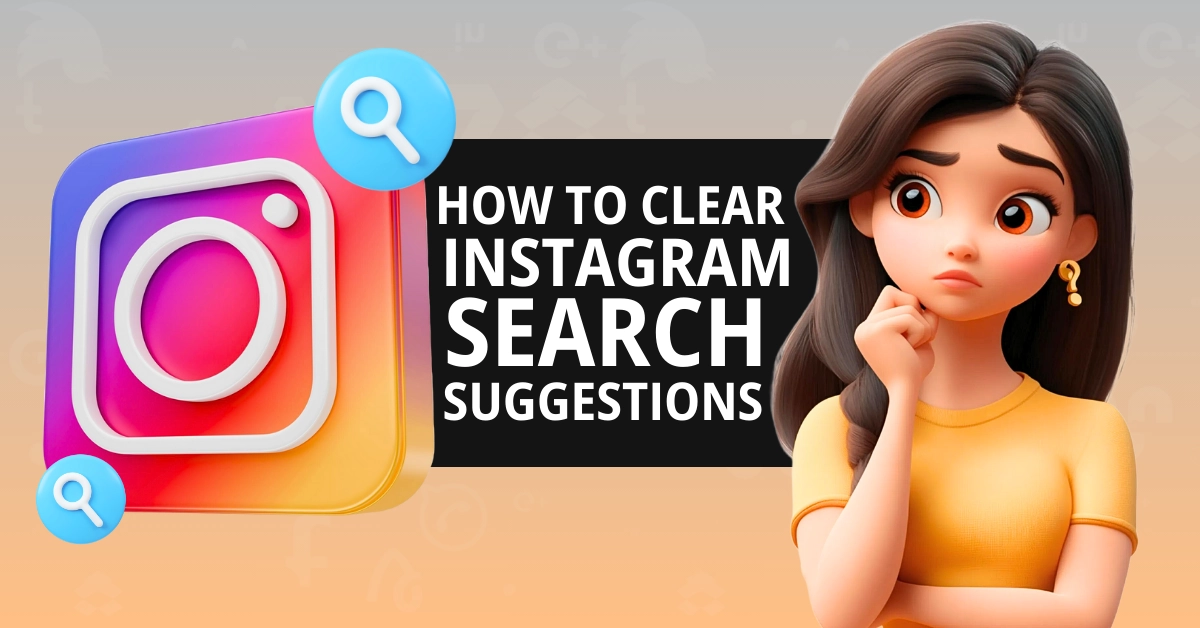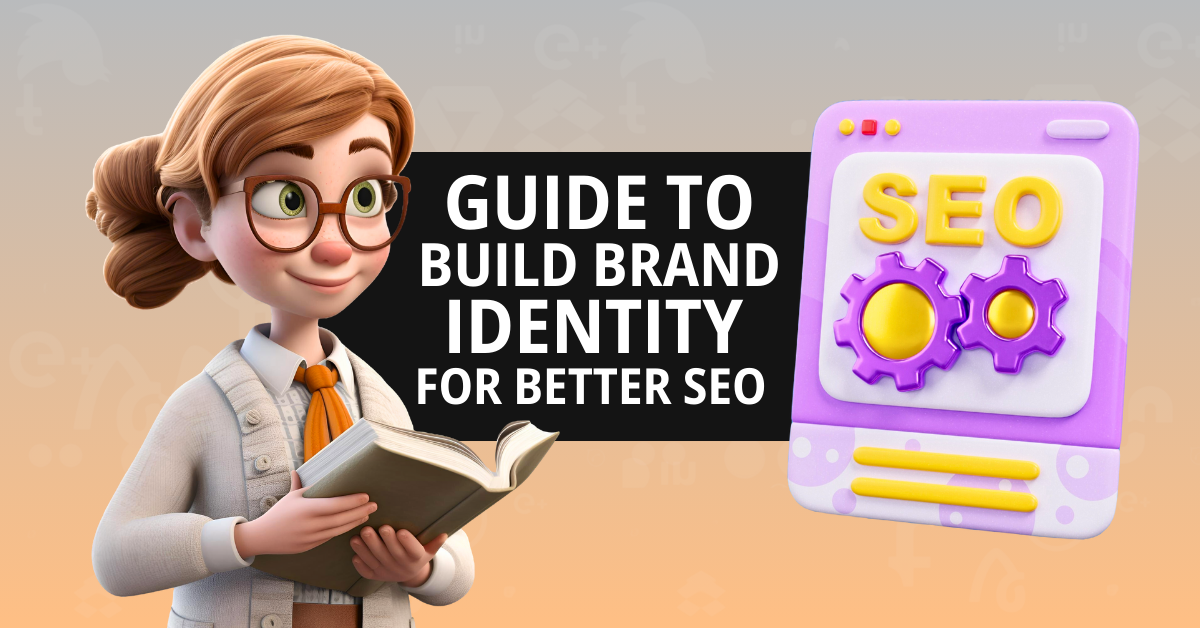According to the most recent data, there were 5.24 billion social media users worldwide at the start of January 2025. That’s more than half the population.
The average person spends 2 hours and 24 minutes scrolling on social media – they’re platforms that consume our lives, yet most people don’t truly understand their privacy when using them. And, on average, there are 1.4 billion account hacks on social media annually, so it pays to know more about your privacy when using them.
One study found that 31% of respondents were “not at all confident” in the social media and the companies protecting their data in 2024.
Still, a lot of it starts with us, the user. Read on to learn what you need to understand about social media privacy concerns and policies.
You Don’t Have Much Privacy
Social media organizations gather data regarding your location, internet search patterns, and even messages including documents. This data then pools and collects, and, depending on your settings, could be sold to third-party brokers. You can follow opt-out guides, but if you don’t know how you’re putting the information out there, you’ll end up in the same position. Every single click, like, and comment is recorded. While some of this data is exploited for focused advertisements, a huge chunk of it is sold to external parties.
Platforms usually keep the deleted posts for a certain period or even forever. Social media nowadays functions more like an extensive monitoring system hidden behind the facade of helping you connect with your friends. The terms and conditions that you blindly agree to provide companies with far more data access than you would have approved.
There Are Privacy Settings Most People Don’t Know About
Most people don’t realize that most social media channels have privacy settings that can be adjusted. Often, they are kept behind several walls in deep menus or left open-ended, keeping the user guessing if they are really enabling or disabling some features.
For example, facial recognition technology allows platforms to automatically identify and tag users in photographs, and social media applications monitor user movements in real time, even when the application is not in use. Yes, users can disable this feature, but many fail to do so. Do users permit their user profiles to be cross-linked by third-party applications without their consent?
Yes, many users fail to comprehend the level of data that is being made available to them in contravention of their privacy preferences – and how that is reflected in scary data breach statistics.
Common Social Media Cybersecurity Attacks
Social media platforms are incredibly appealing to cybercriminals. They attract social engineering attacks, fake giveaways, and malware-ridden links, making social media scams an effortless task. These platforms provide hackers ample opportunities to obtain personal information from users, many of whom do not bother protecting themselves.
One of the most common attacks is credential stuffing. If you’ve made the mistake of using the same password across different websites, a compromised password from one site could let an attacker into all your accounts. Then there’s social engineering, which is where a hacker masquerades as a friend or someone familiar to trick the target into disclosing private information.
Deepfake technology is another concern that is growing day by day. Many scammers use AI videos and voice recordings to impersonate others for financial fraud and misinformation.
Social media is not going anywhere. Finding ways to be safer on the platforms is essential. See your settings today to see what changes you could make.









